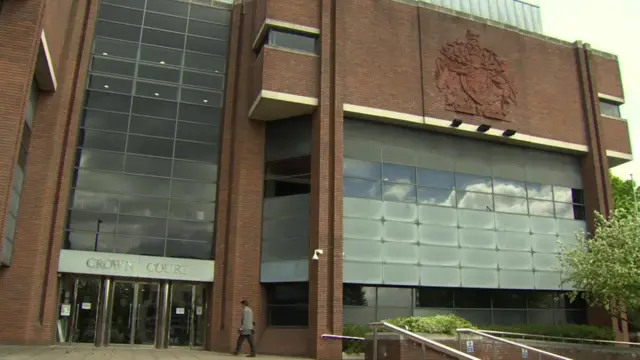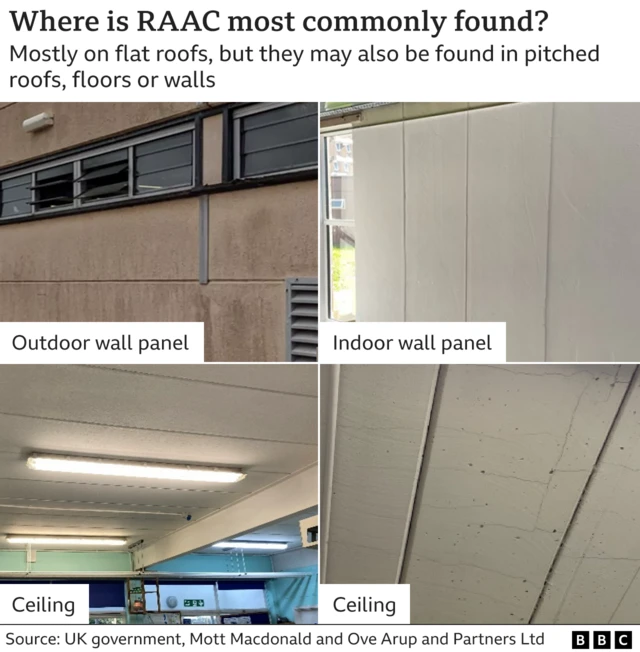A daunting reality for affected schoolspublished at 17:27 BST 31 August 2023
 Hazel Shearing
Hazel Shearing
Education correspondent
The impact of this change, just a few days before the start of term, can’t be underestimated for those schools that are affected.
Up until this point, schools with confirmed RAAC were being told to get plans in place just in case buildings had to be evacuated.
Now, all of a sudden, those hypothetical evacuations have become a daunting reality. Schools are being told they can’t use affected buildings unless safety measures are installed.
That’s ok for the 52 schools that already have mitigations in place, but for the 104 schools that don’t, it’s a problem.
The Department for Education says it has contacted them this week, sparking what is presumably a rush to get alternative plans in place before children head back to school next week.
And more schools could be affected, as more than 500 were identified as potentially having problematic RAAC in a report in June.
Engineers have been carrying out surveys to work out where the problems are.
But it’s important to remember that while there will be some disruption, there are more than 20,000 schools, colleges and nurseries in England. Today’s announcement won’t make any difference to the vast majority of schools preparing for autumn term.





